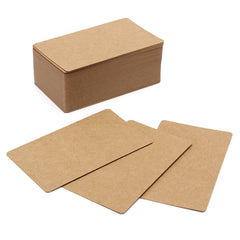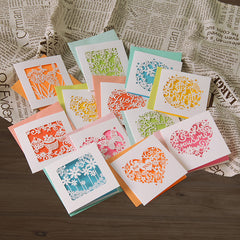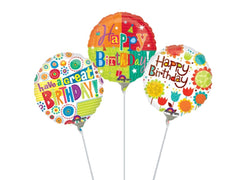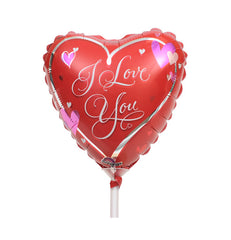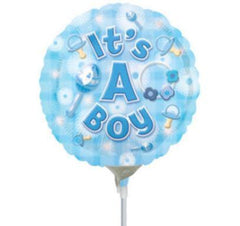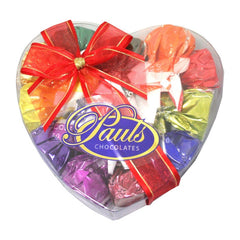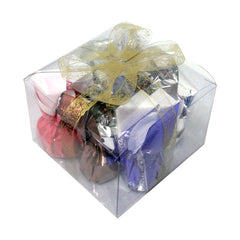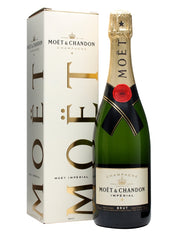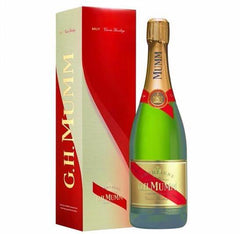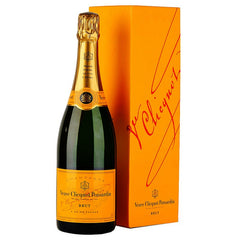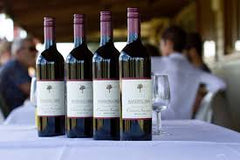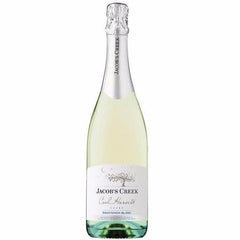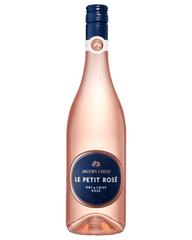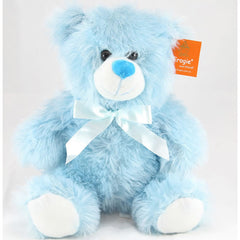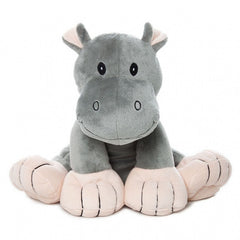There are 195 recognised countries around the world, that’s why we divided this topic into two. On the first part of our list, we featured countries from A to M and discovered that there are countries that do not have official national flowers and a few that actually don’t have yet, or perhaps haven’t been published/shared over the web.

Photo by Lucas Fonseca via Pexels
National flowers are recognised for different reasons depending on each country. Mostly by geographic location, and by their traditional values and hopes.
Nepal: Lali gurans or Rhododendron arboreum
Netherlands: Daisy

Photo by hermaion via Pexels
If your first thought was tulips, we thought so too! The daisy was crowned the Netherland’s national flower just last year.
New Zealand: Kowhai
Nicaragua: Sacuanjoche or commonly known as Frangipani (Plumeria)

Photo by Raphael Brasileiro via Pexels
Nigeria: Costus Spectabilis or Yellow Trumpet
North Korea: Magnolia (Magnolia Sieboldii)
Norway: Pyramidal Saxifrage
This flower was chosen in 1935 at an international botanical congress in Amsterdam.
Pakistan: Jasmine Detail or locally known as Motia
Palestine: Faqqua Iris
It was declared as a national flower in 2016 by the Palestinian Council of Ministers according to EQA recommendations.
Panama: Holy Spirit (Peristeria elata)
The flower of the Holy Spirit was declared as Panama’s national flower by Law 46 of November 21, 1980.
Papua New Guinea: Sepik Blue Orchid (Dendrobium lasianthera)**
Paraguay: Bluecrown Passionflower (Passiflora caerulea)**

Photo by Pela Peters via Pexels
Peru: Kantuta (Cantua buxifolia)**
Philippines: Sampaguita (Jasminum sambac)

Portugal: Lavender**
Qatar: Qataf (Limonium or Sea Lavender)**
Romania: Peony**
Russia: Chamomile (Matricaria chamomilla)
The chamomile has been declared as the country’s national flower in 1998.
Saint Kitts and Nevis: Poinciana or Flamboyant

Saint Lucia: The Rose and the Marguerite
Saint Vincent and the Grenadines: Soufriere Tree flower (Spachea perforata)
Saudi Arabia: Arfaj**
Scotland: Thistle (symbolic)

On April 15, 1981, this orchid hybrid was declared as Singapore’s national flower by S. Dhanabalan, Minister of Culture back then.
South Africa: King Protea (Protea cynaroides)
South Korea: Rose of Sharon (Hibiscus syriacus)
Spain: Red Carnation (Dianthus caryophyllus)**
Sri Lanka: Blue Water Lily (Nymphaea stellata)
Locally known as “Nil Mahanel”, this flower was declared as Sri Lanka’s national flower on February 26, 1986.
Sudan: Hibiscus**
Sweden: The Bluebell Bellflower or Harebell (Campanula rotundifolia)
Switzerland: Edelweiss (Leontopodium alpinum)
Syria: Jasmine (Jasminum)**
Taiwan: Plum Blossom

Photo by Gamze Nur via Pexels
Officially designated as Taiwan’s national flower on July 21, 1964 by the ROC Executive Yuan.
Thailand: Ratchaphruek (Cassia fistula)
Trinidad and Tobago: Chaconia (Warszewiczia coccinea)
Also called "Wild Poinsetta" or "Pride of Trinidad and Tobago"
Tunisia: Jasmine (Jasminum)
Turkey: Tulip
Turkmenistan: Red Rose**
Ukraine: Sunflower**
United Arab Emirates: Tribulus Omanense
United Kingdom: Rose (England), Thistle (Scotland), Daffodil (Wales), and Shamrock (Northern Ireland)**
United States: Rose

Venezuela: Orchid (Cattleya mossiae or Mayflower)**
Vietnam: Lotus (Nelumbo nucifera)
Yemen: Arabian Jasmine
Zimbabwe: Flame Lily
Which of the national flowers do you find the most interesting? Tell us in the comments below!
**Unofficial. No reliable source or official site to back up this information.
***Should there be a flower we have mistakenly assigned to a country, please let us know and we’ll correct it right away. Each national flower has been researched for the purpose of this blog. If a country is not included in this list, we have not found a definite information about their national flower


